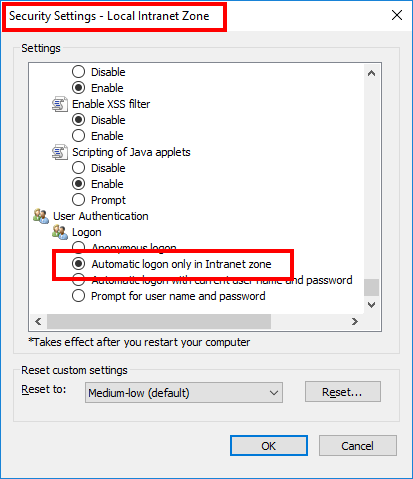

In other words, whether a user follows a link from their mail or submits a form from, or does any operation that originates from another domain, the cookie is not sent. samesite=strict (same as samesite without value)Ī cookie with samesite=strict is never sent if the user comes from outside the same site.The cookie samesite option provides another way to protect from such attacks, that (in theory) should not require “xsrf protection tokens”. We need to ensure that every form has the required token field, and we must also check all requests. Such a protection takes time to implement though. The site checks for such token in every form it receives. It can submit a form there, but can’t get the data back. All forms generated by have a special field, a so-called “XSRF protection token”, that an evil page can’t generate or extract from a remote page. Real banks are protected from it of course. That’s a so-called “Cross-Site Request Forgery” (in short, XSRF) attack.

So the bank recognizes you and actually performs the payment. The browser sends cookies every time you visit the site, even if the form was submitted from.
Java applet viewer size ie11 code#
That site has JavaScript code that submits a form to with fields that initiate a transaction to the hacker’s account. Now, while browsing the web in another window, you accidentally come to another site. Your browser sends it to with every request, so that it recognizes you and performs all sensitive financial operations. That is: you have an authentication cookie from that site. To understand how it works and when it’s useful, let’s take a look at XSRF attacks. It’s designed to protect from so-called XSRF (cross-site request forgery) attacks. That’s another security attribute samesite. set the cookie to be secure (only accessible over HTTPS)ĭokie = "user=John secure" samesite For instance, we can set the cookie to expire in 1 day: The date must be exactly in this format, in the GMT timezone. The cookie expiration date defines the time, when the browser will automatically delete it. To let cookies survive a browser close, we can set either the expires or max-age option. Such cookies are called “session cookies” expires, max-ageīy default, if a cookie doesn’t have one of these options, it disappears when the browser is closed. So, the domain option allows to make a cookie accessible at subdomains. That’s an old notation and should be used if we need to support very old browsers. In the System Properties window, click on the Advanced tab, then click theĮnvironment Variables button near the bottom of that tab.// make the cookie accessible on any subdomain *.:ĭokie = "user=John domain="Īlert(okie) // has cookie user=Johnįor historical reasons, domain=. (a dot before ) also works the same way, allowing access to the cookie from subdomains.Click the Advanced System Settings link in the left column.If you don't have a Computer icon on your desktop, click theĬomputer option in the Start menu, and select Properties. To check if there's a limit set on the amount and size of Java applets find the Environment Variables, as follows:Ĭomputer icon and select Properties. This Environment Variable is usually not set system-wide and I don't know which of my programs put it in.Īlso, this Environment Variable is not visible from the Java Control Panel.

Java applet viewer size ie11 windows 7#
Turns out that a Windows 7 Environment Variable for Java Applets was set to a maximum size that was too small, so the Java Testing applet in the browser (as well as other Java based programs on my PC, including CrashPlan) was not getting any memory to run This problem was solved as follows (with help from the folks at ):


 0 kommentar(er)
0 kommentar(er)
